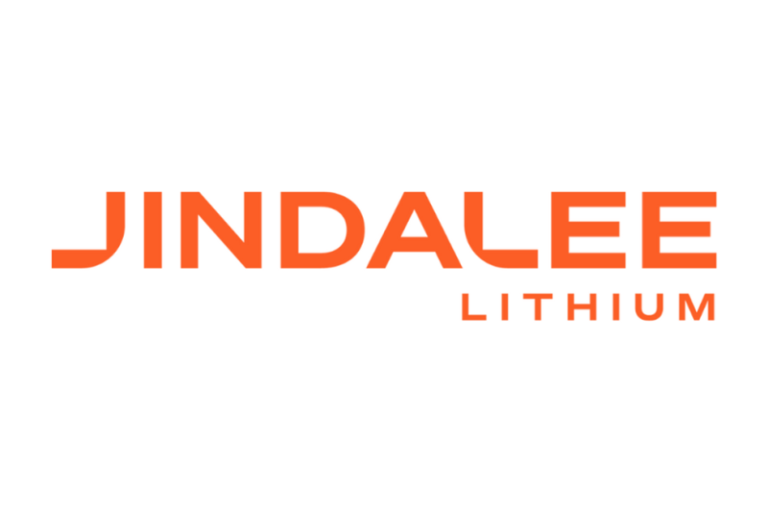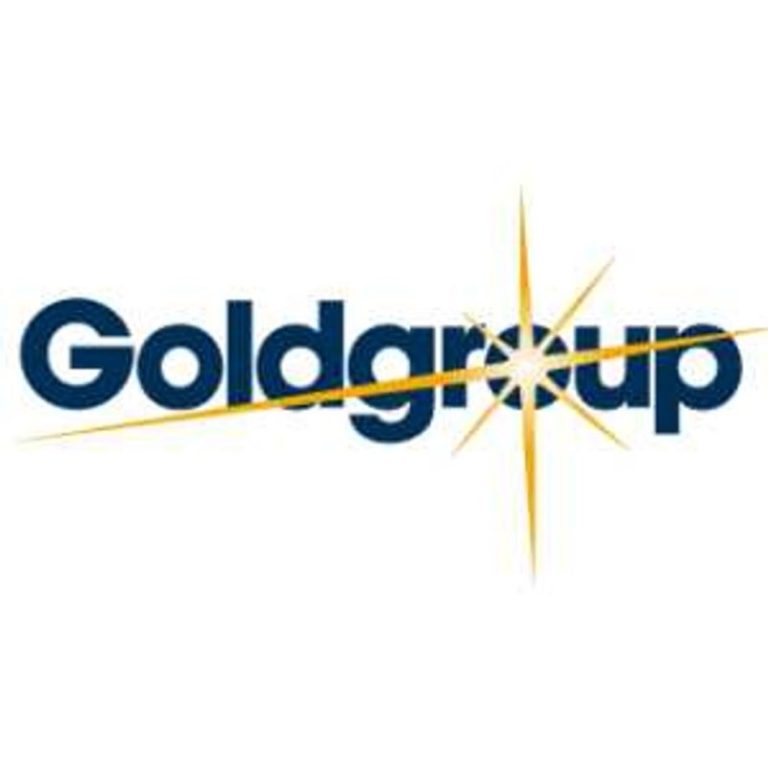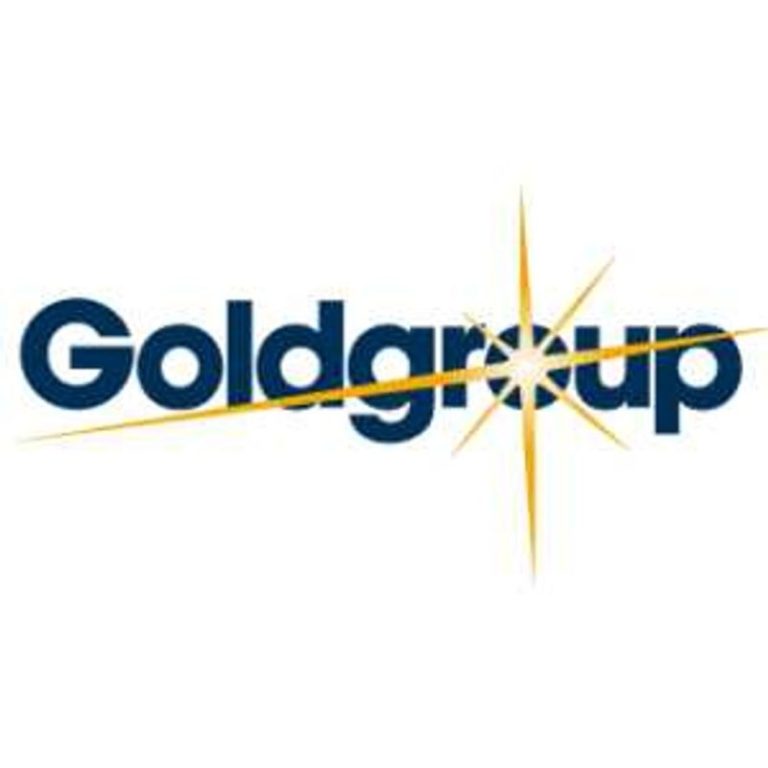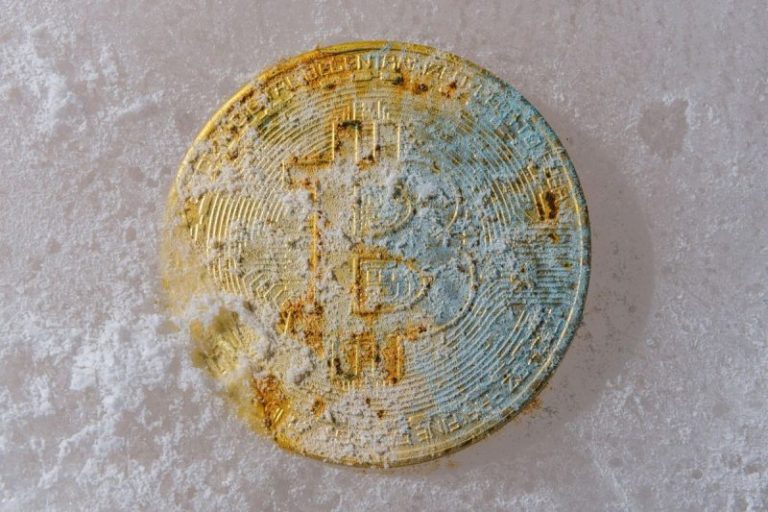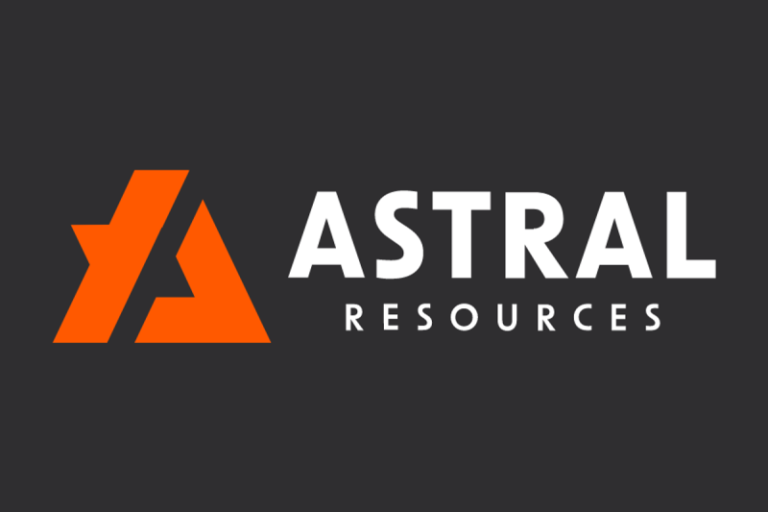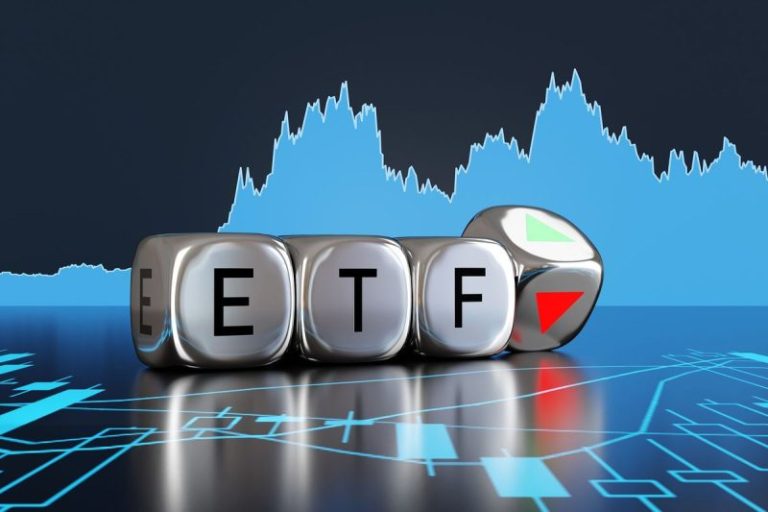Investors looking for exposure to the silver price and silver-mining companies should consider silver exchange-traded funds (ETFs).
Spurred by moves in the gold market, safe-haven buying as well as increasing demand from industrial sectors, in the fourth quarter of 2025 the price of silver broke through its all-time high of US$49.95, which it set in 1980, and set a new-all time high of US$58.83.
While silver has often been seen as a more approachable precious metal owing to its lower per ounce price, its performance has lagged gains seen in the gold price over the past few years. However, silver has stolen some of the spotlight in 2025 as it sees significant gains on the back of geopolitical tension and economic uncertainty from the US trade and tariff policy.
Like gold investing, investors can invest in silver in several ways that each offer their own pros and cons, along with differing costs and risks. For example, investors can purchase physical silver bars or coins, or trade silver futures.
Another way for investors to diversify their portfolio with silver is to invest in ETFs. These products work similarly to mutual funds in that they pool investor resources into an asset. However, as their name suggests, ETFs are traded on exchanges like stocks, making them more accessible to investors than mutual funds are.
While ETFs aren’t without risk, they can offer a more stable investment compared to individual stocks thanks to their diversification and the fact that they are often managed and rebalanced.
Silver ETFs come in several forms, such as ones that hold physical silver and ones that hold silver mining, royalty and exploration stocks. Investors looking to start trading silver ETFs should be aware of the options available to them to determine which silver ETF will best suit their precious metals investing needs and risk tolerance.
Here’s a brief look at 10 of the top silver ETFs by total assets. The first five ETFs offer exposure to the price of silver, while the last five provide exposure to silver-mining stocks.
Assets and prices for these silver ETFs were collected on December 1, 2025, using data from the funds’ web pages.
5 ETFs for exposure to the silver price
1. iShares Silver Trust (ARCA:SLV)
Total assets: US$26.33 billion
Unit price: US$51.21
The iShares Silver Trust provides investors with access to the silver price performance, using the London Bullion Market Association silver price as its benchmark.
As the iShares Silver Trust’s web page warns, it is not an investment company registered under the Investment Company Act of 1940, or a commodity pool under the Commodity Exchange Act. Because of this, it is not subject to the regulatory requirements that apply to mutual funds or ETFs.
This silver trust holds 508 million ounces of silver bullion.
2. Sprott Physical Silver Trust (ARCA:PSLV,TSX:PSLV)
Total assets: US$11.61 billion
Unit price: US$18.65
The Sprott Physical Silver Trust is an option for investors looking for the security of physical silver without the need to find secure storage.
The ETF is backed by 191.12 million ounces of silver held in trust in fully allocated London Good Delivery silver bars.
Additionally, the ETF is fully convertible into physical silver, should investors decide they want the precious metal on hand. However, the fund states that holders ‘must have enough units to equate to ten 1000 oz silver bars.’
3. Aberdeen Standard Physical Silver Shares ETF (ARCA:SIVR)
Total assets: US$3.71 billion
Unit price: US$53.71
The Aberdeen Standard Physical Silver Shares ETF’s investment objective is for its shares to reflect the performance of the silver price less the expenses of the trust’s operations. It has an expense ratio of 0.3 percent.
This ETF comes with the same warnings as the iShares Silver Trust.
The fund is backed with 45.51 million ounces of silver held with JPMorgan Chase Bank in London in a secured vault.
4. ProShares Ultra Silver ETF (ARCA:AGQ)
Total assets: US$1.33 billion
Unit price: US$107.32
The ProShares Ultra Silver ETF, established in 2008, was designed to offer daily investment results that correspond with twice the daily performance of the Bloomberg Silver Subindex. Because of this, the ETF is aimed at investors who are bullish on silver and able to monitor their investments on a daily basis.
The fund uses derivatives such as futures contracts to invest in silver and has an expense ratio of 0.95 percent.
5. ProShares UltraShort Silver ETF (ARCA:ZSL)
Total assets: US$73.71 million
Unit price: US$9.51
The ProShares UltraShort Silver ETF is designed to provide investors with a hedge against declines in the silver market. ProShares launched it alongside the ProShares Ultra Silver ETF in late 2008. It also has an expense ratio of 0.95 percent.
Because the fund is built around providing results at a negative two times daily performance of the Bloomberg Silver Subindex, it is meant for traders who have a high capacity for risk and who are willing to monitor their positions on a daily basis. The fund should be treated in the same way as the Ultra Silver ETF.
5 ETFs for exposure to silver-mining stocks
1. Global X Silver Miners ETF (ARCA:SIL)
Total assets: US$3.93 billion
Unit price: US$77.66
The Global X Silver Miners ETF gives investors access to a basket of silver-mining and royalty stocks. The ETF benefits from the fact that these companies can climb when the silver price is rising. It also allows investors to avoid the risks associated with individual companies and lets them add geographical diversity to their portfolios.
This ETF has an expense ratio of 0.65 percent, and its top holdings include streaming company Wheaton Precious Metals (TSX:WPM,NYSE:WPM) at a weight of 22.5 percent, Pan American Silver (TSX:PAAS) at a weight of 12.3 percent and Coeur Mining (NYSE:CDE) at 8.1 percent.
2. Amplify Junior Silver Miners ETF (ARCA:SILJ)
Total assets: US$2.97 billion
Unit price: US$26.09
The Amplify Junior Silver Miners ETF bills itself as the ‘first and only ETF to target small cap silver miners.’ The index provides a benchmark for investors to track public small-cap companies in the silver space.
The ETF has an expense ratio of 0.69 percent and its holdings span Canada, the US and the UK, with key silver companies such as Hecla Mining Company (NYSE:HL) at a weight of 11.3 percent, First Majestic Silver (TSX:AG,NYSE:AG) at 10.3 percent and Coeur Mining at 8.7 percent.
3. iShares MSCI Global Silver Miners ETF (BATS:SLVP)
Total assets: US$630 million
Unit price: US$31.59
The iShares MSCI Global Silver Miners ETF tracks an index composed of global equities of companies primarily engaged in silver exploration or metals mining.
The ETF has the lowest expense ratio of the three ETFs focused on silver stocks at 0.39 percent.
The large majority of companies in its holdings, about 69 percent, are traded on Canadian exchanges, and companies on US and Mexican exchanges combine for 27 percent.
The top three holdings for the iShares MSCI Global Silver Miners ETF are Hecla Mining at a weight of 15.5 percent, Industrias Peñoles (BMV:PE&OLES) with a weight of 11.7 percent and Fresnillo (LSE:FRES) at 10 percent.
4. Sprott Silver Miners & Physical Silver ETF (NASDAQ:SLVR)
Total assets: US$453.7 million
Unit price: US$51.31
The Sprott Silver Miners & Physical Silver includes a combination of physical silver holdings as well as equities, setting it apart from the other silver-mining ETFs on the list.
The fund launched in January 2025, making it one of the newest entries to the list. Its management fee is 0.65 percent.
This silver ETF’s second largest holding is its counterpart Sprott Physical Silver Trust, which provides investors exposure to physical silver, at a 14.3 percent weight. Its other top holdings are First Majestic Silver at 27.12 percent and Endeavour Silver (TSX:EDR,NYSE:EXK) at 10.6 percent.
5. Sprott Active Gold and Silver Miners ETF (NASDAQ:GBUG)
Total assets: US$134.42 million
Unit price: US$41.18
Established in February 2025, the Sprott Active Gold and Silver Miners ETF is designed to provide investors broad access to both gold and silver equities. Additionally, as an active fund, it will see more frequent rebalancing to increase the potential of better returns for investors.
The fund’s top holdings consist of OceanaGold (TSX:OGC,OTCQX:OCANF) weighted at 4.32 percent, G Mining Ventures (TSX:GMIN,OTCQX:GMINF) at 4.18 percent and Equinox Gold (TSX:EQX,NYSEAMERICAN:EQX) at 4.16 percent.
Its management fee is 0.89 percent.
Securities Disclosure: I, Dean Belder, hold an investment in Sprott Active Gold and Silver Miners ETF.
This post appeared first on investingnews.com




